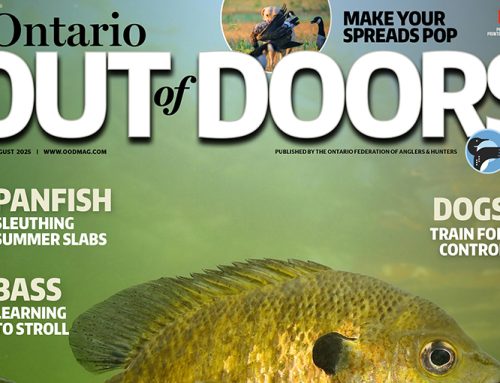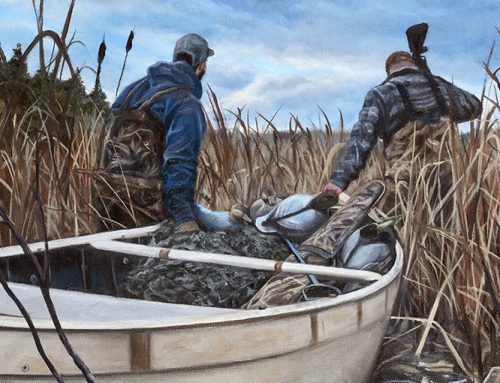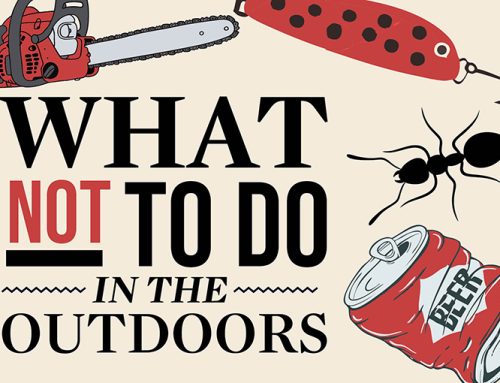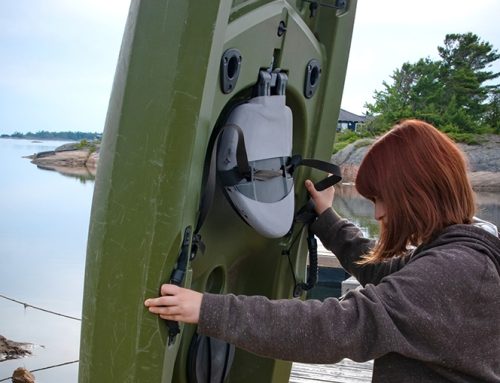How the fur trapping process works in Ontario
It’s mid March and that means trappers in Ontario are now putting the final touches on their furs as they prepare them for sale. Once prepared, most trappers will send their pelts to their local auction house.
Hunters who hold a small game licence for certain furbearing game such as skunk, weasel, raccoon, fox, wolves or coyotes can send prepared pelts under that licence. Alternatively, they can have a trapper assist with pelt preparation, and shipping the pelts to auction on their behalf.
Preparing Pelts for Auction
Preparing for auction starts from the time a trap is set. Species should be in season to ensure the fur is in prime, meaning in peak condition, as out of prime furs can be worthless no matter how well prepared. Seasons and regulations in Ontario can be found here.
Species should be in season to ensure the fur is in prime… out of prime furs can be worthless no matter how well prepared.
Trapping must be done using legal traps and humane techniques, which also lessen the chance of physical damage to the hair. Trapped animals can be skinned and fleshed right away or frozen in plastic until ready to be skinned.
 After drying and brushing out fur, furbearers are skinned and fleshed with care, leaving features such as nose and ears.
After drying and brushing out fur, furbearers are skinned and fleshed with care, leaving features such as nose and ears.
Fleshed furs are attached to wood or metal stretching boards for drying, fur-in or fur-out depending on the species, at cool (preferably 14° to 18 °C), dry temperatures until shipping time.
Furbearers should be transported in clean burlap or nylon bags with skin-to-skin and fur-to-fur. Bags must be labelled with pertinent information, including trappers licence number or Hunters Outdoors Card number, and the number of bags.
Furs can be delivered to auction by bus, mail, drop-off station (found across Ontario and North America), or in person. Attention should be paid to the last receiving dates of auction houses, often easily found on their websites.
The Auction
Ontario trappers usually sell to two main fur handlers, the North American Fur Auction (NAFA), based out of Toronto, and the Fur Harvesters Auction (FHA) in North Bay. These handlers are a source of the finest wild fur for the international fur fashion industry.
Both handlers grade prepared pelts to the highest professional standards and operate as marketing consultants on behalf of trappers. They cater to fur brokers, wholesalers, and manufactures who wish to purchase wild fur.
Fur Grading and Pricing
Handlers grade the fur according to fur quality, which includes its grade (degree it is in prime), size, defects, colour, and density.
Graded fur is auctioned off at prices dependent on the global market, which is dictated by factors such as fashion trends in dominating countries (China, Italy, Greece) and by several manufacturing companies. At this point, the trapper will be paid for the pelts.
Although fur prices have been promising due to the popularity of fur in the last few years, triggers like global conflict and commodity prices can have a major effect on prices.
Despite price fluctuations, many trappers continue to keep up their quotas in order to to earn income, assist with wildlife management, and above all, maintain their trapping heritage.
More information can be found at the following:
- Fur Harvesters Auction (NHA)
- North American Fur Auction (NAFA)
- Ontario Fur Managers Federation (OFMF)
- Ministry of Natural Resources and Forestry (MNRF)







For more information, check out http://www.TruthAboutFur.com
question. is there a limit on red fox?